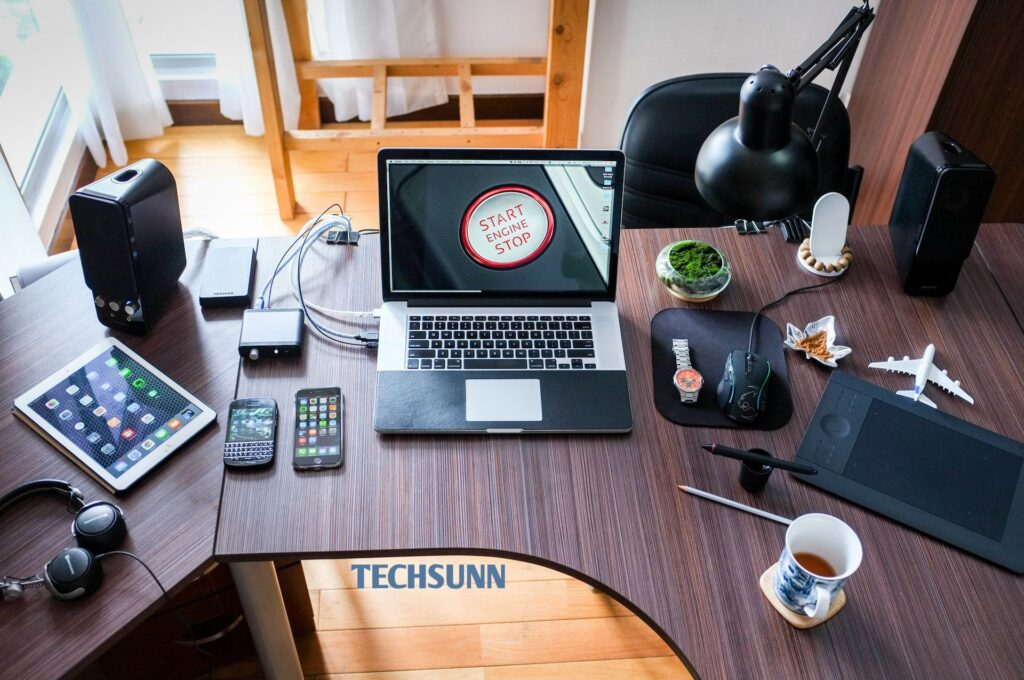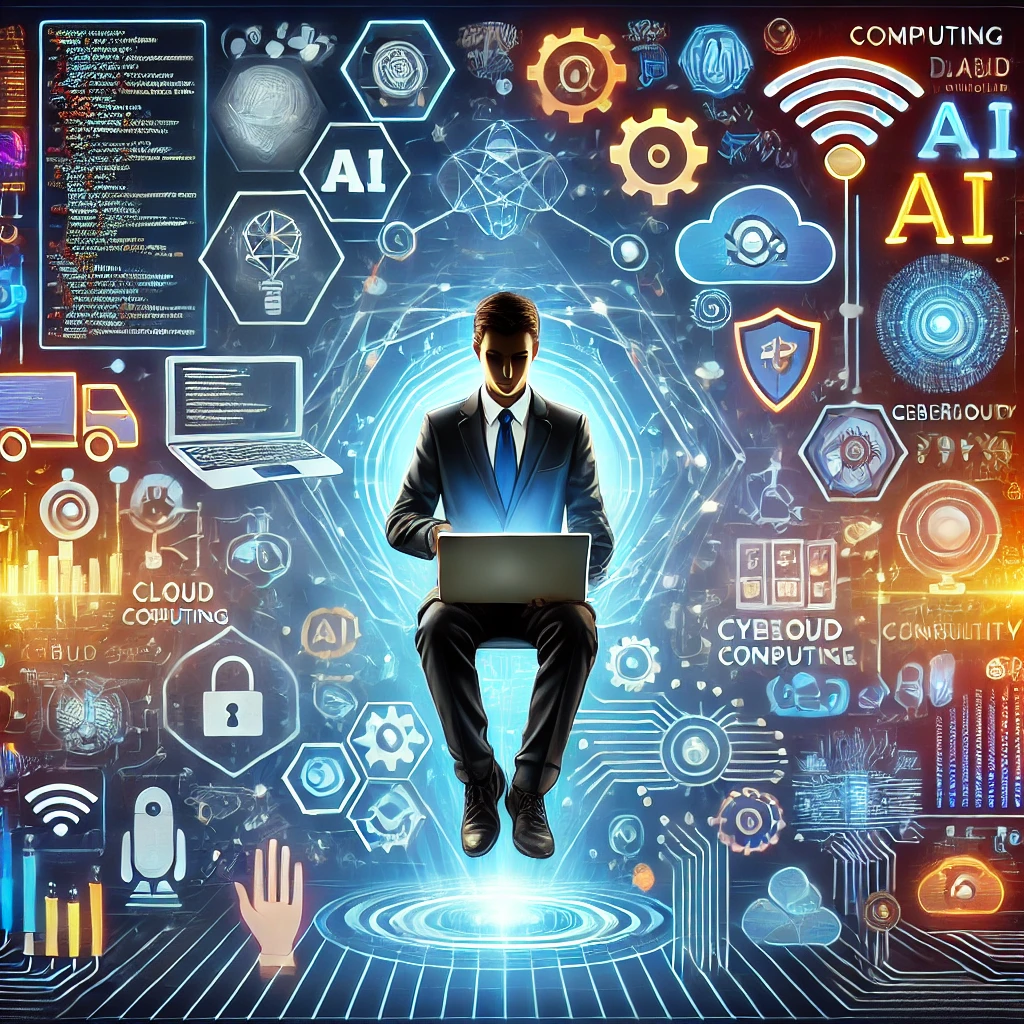Technology’s Effect On Society: Pros & Cons

Discover the Technology’s Effect on society: explore the advantages and drawbacks of its influence in this insightful examination.
Technology’s Effect on society
Technology has pervaded each component of life and has turned into a fundamental piece of our lives. It has changed the manner in which we communicate, work, study, and have a ball. While innovation gives enormous benefits, it additionally offers new troubles and dangers that influence people and society. In this exposition, we will examine the different effect of innovation on society, diving into the positive, negative, and revolting parts of its impact.
Technology’s Effect: Enhancements in Communication and Connectivity
One of the most remarkable advancements brought by technology is the significant improvement in communication and connectivity. Gone are the days of relying solely on traditional methods of communication. Today, we have a plenty of options, including texting and video calls, as well as virtual entertainment destinations and email. This superior availability has simplified it for individuals to speak with friends and family, coordinate on tasks, and trade data all through the world.
The Bad: Privacy Concerns and Cybersecurity Threats
In any case, as innovation improves, stresses over protection and network safety have filled in fame. Individuals’ privacy is jeopardised due to the expansion of internet platforms and the collecting of massive amounts of personal data. Data breaches, identity theft, and monitoring have all created major concerns about the safety of our digital lives. In an increasingly linked society, protecting personal information has become a critical concern.
The Ugly: Technological Disruption and Job Market Shifts
Automation and technological advancements have undoubtedly led to increased efficiency and productivity in various industries. However, they have also disrupted the job market, leading to the displacement of certain job roles. Many tasks previously performed by humans are now automated, raising concerns about unemployment and the need for individuals to adapt their skill sets. The incorporation of technology in the workplace needs a continual process of upskilling and job role reevaluation.

The Good: Advancements in Healthcare and Medicine
Innovation has changed the manner in which we analyze, treat, and care for individuals in the domain of medical services. Clinical disclosures and advances in research have brought about superior treatments for sicknesses and issues that were recently remembered to be hopeless. The advancement of modern diagnostic tools and medical imaging technology has improved diagnostic accuracy and speed, resulting in better patient outcomes. Additionally, technology has facilitated remote healthcare services, providing access to medical expertise regardless of geographic location.
The Bad: Social Isolation and Digital Addiction
While technology connects us in many ways, it has also brought about some negative consequences. Excessive screen time and reliance on digital contacts have resulted in social isolation and a drop in face-to-face encounters. The convenience of online platforms and social media has resulted in diminished personal connections and weakened social skills. Moreover, the constant exposure to curated digital lives and the pressure for online validation can have adverse effects on mental health and well-being.
The Ugly: Environmental Consequences and E-Waste
The production, consumption, and disposal of technology have significant environmental implications. The extraction of resources and the manufacturing process contribute to pollution and greenhouse gas emissions. Furthermore, incorrect electronic trash (e-waste) disposal is a significant concern. Unsafe mixtures in e-waste can dirty soil and water, making dangers human and natural wellbeing. Implementing sustainable practices and responsible consumption can help mitigate these environmental consequences.
The Good: Educational Opportunities and Access
Technology has enhanced access to information and brought up a world of educational options. Online courses, digital learning platforms, and virtual classrooms have transformed the way we learn. People can now access educational resources, tutorials, and lectures from renowned institutions around the world, irrespective of their geographical location. The flexibility and personalization offered by technology enable individuals to learn at their own pace and tailor their educational experiences.
The Bad: Information Overload and Fake News
The vast amount of information available at our fingertips can be overwhelming. The web is overflowing with both valid and dishonest sources, making it hard to recognize right data. Deception, misleading news, and paranoid ideas present serious dangers to people and society. It is crucial to develop critical thinking skills and media literacy to navigate the information landscape effectively.
The Ugly: Technological Disparity and the Digital Divide
While technology has the ability to empower individuals and communities, access to technology is widely disparate. Socioeconomic factors often determine who has access to the latest technologies and who does not. This digital divide creates inequalities in education, job opportunities, and social participation. To close this gap, governments, organizations, and people must work together to guarantee fair access to technology and digital resources.
Read Also:
Quantum Computing’s: Unleashing Limitless Power
Conclusion
Technology’s influence on society is a complicated and multidimensional phenomena. It brings about advancements that enhance communication, healthcare, education, and productivity. However, it also presents challenges such as privacy concerns, job market shifts, social isolation, and environmental consequences. To harness the benefits of technology while mitigating its drawbacks, responsible use and regulation are essential. By embracing technology mindfully, we can create a future that maximizes its positive impact while minimizing its negative consequences.
(FAQs)
- How has technology improved communication?
- Technology has enhanced communication through various channels such as instant messaging, video calls, and social media, allowing for easier and faster connections globally.
- What are the privacy risks associated with technology?
- Technology introduces privacy concerns, including data breaches, identity theft, and surveillance, raising questions about the security of personal information.
- How does technology impact employment?
- Automation and technological advancements disrupt the job market, leading to job displacement and a need for individuals to adapt their skills to new roles.
- What are the environmental consequences of technology?
- The production, consumption, and disposal of technology contribute to pollution and e-waste, necessitating sustainable practices and responsible consumption.
- How does technology bridge educational gaps?
- Technology provides educational opportunities and access to knowledge through digital learning platforms, online resources, and personalized learning experiences.




